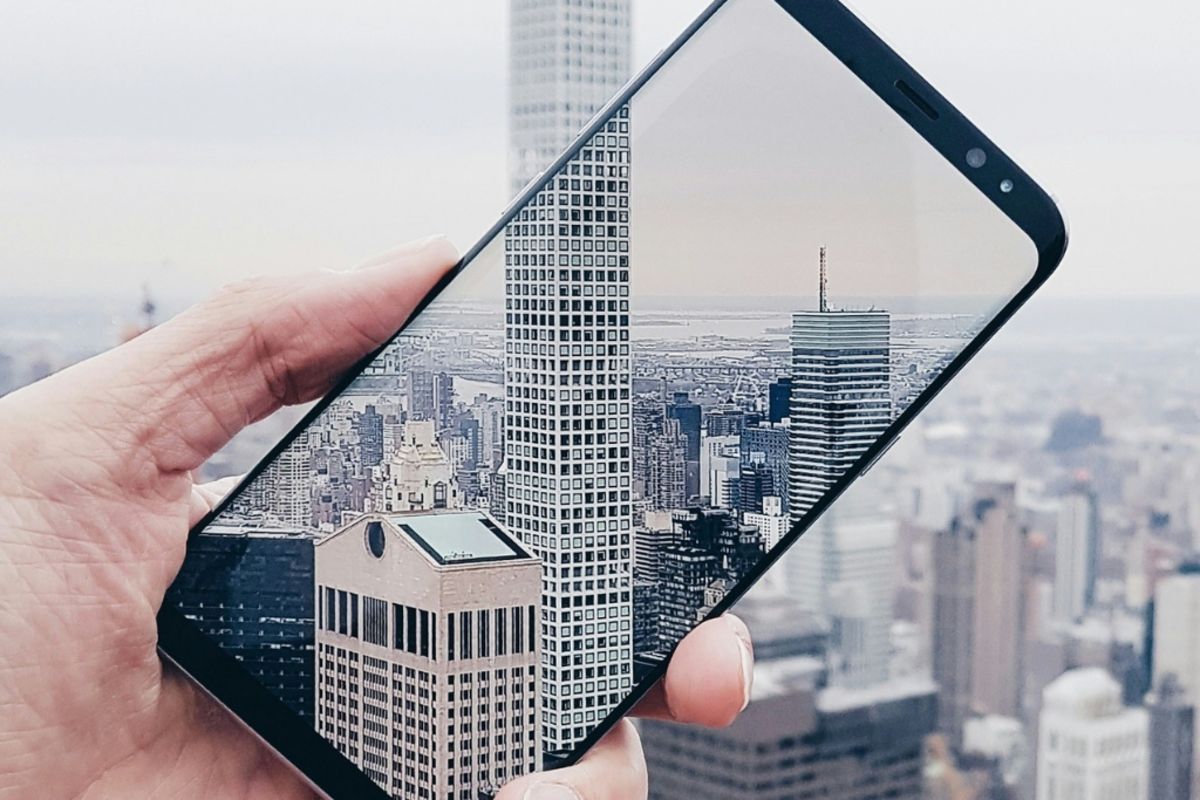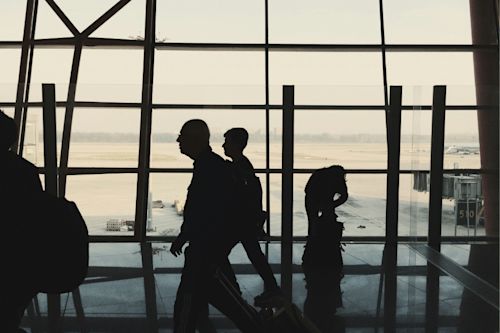The Rise of Architecture PR: The Art of Building With the Community

In 1909 the American Institute of Architects declared that architects were forbidden from using advertising to promote their work. A simple listing in the Yellow Pages was allowed but no exaggerated or self-laudatory language was permitted. Things began to change in the 1960s as the US Department of Justice began to view the decree as a form of trade restraint.
Old attitudes about the restrictive policies of the past may still be influencing architecture PR (public relations) strategies today. Architects are better served by taking a more contemporary approach in engaging with stakeholders to raise awareness and build relationships within communities.
The role of architecture PR in the industry continues to evolve, driven by shifts in public expectations, the expansion of social media, and the rise of community-driven design processes.
The Importance of Community Engagement

A solid PR strategy helps projects move from the design table to the construction site via community engagement. The process often relies on active listening sessions with stakeholders, understanding local needs, and involving residents in the design process.
Examples of successful collaborations between stakeholders and designers include Ella Fitzgerald Park in Detroit, which boosted social equity by turning empty lots into park space.
La Borda is a social housing complex in Barcelona located in an industrial neighborhood that uses a co-housing model.
The Sanjaynagar Slum Redevelopment, is a public private partnership in Ahmednagar, India that built affordable housing for 298 families.
All three projects were completed with an assist from effective community engagement.
Transparency and Trust-Building Strategies

Successful tactics that increase feelings of transparency while building trust in the community provide clear communication channels that allow architects to share project updates and address community concerns in a timely manner.
Once the channels are established, digital storytelling and inclusive design can be leveraged using popular social media platforms tools. More interactive tools can be found in digital realms such as the metaverse to present project updates and address community concerns in timely ways.
Online platforms offer viable pathways to anybody with an internet connection, but designers can also connect in more analog ways including holding in-person open houses and public forums for soliciting feedback and building consensus around works in progress.
Digital Storytelling and Visualization

Classic architectural renderings have turned into multimedia fly-through presentations as virtual reality becomes more accessible for communicating design concepts and engaging audiences.
As construction technology advances, the task of knowing what’s happening on the job-site in real time has also become easier and accessible to the design team.
Blogs continue to serve a purpose, alongside shorter format online outlets including Facebook, X (Twitter), and Tik-Tok. Videos can turn static PowerPoint presentations into compelling infographic content to share project narratives, showcase design processes, and request input from the community.
Inclusive Design and Social Impact
Social impact has become a key issue as policy makers, financers, and designers are tasked with using PR efforts to showcase inclusive design principles while addressing social issues such as equity, accessibility, and sustainability.
A showcase of architectural projects from around the world reveals how buildings can serve as a catalyst for positive change in neighborhoods and cities.
The Schoonschip floating community in Amsterdam employs solar power, green roofs, and a shared mobility hub to put residents into EVs while getting them off the fossil-fueled grid.
Casa Adelante in San Francisco combines 143 affordable apartments with a childcare unit, art gallery, community room, and a roof devoted to urban agriculture.
A large dose of community engagement was included in the design of Bergami Center in West Haven, Connecticut. The result was the Bergami Center for Science, Technology and Innovation, that offers students smart classrooms, and multimedia production studios in a LEED Gold building.
Crisis Communication and Reputation Management

The rise of nimbyism and the need for reputation management raises the importance of crisis com
munication strategies in architecture PR. Strategies for managing negative publicity, addressing conflicts, and mitigating reputational risks should be included in every firm’s toolkit.
Even cutting-edge buildings by the world’s best-known designers frequently need some positive spin. Pritzker Prize winner, Frank Gehry’s The Tower, which opened in 2021 in Arles, France, was vilified for its environmental impact and accused of not fitting in with its surroundings.
The Vessel, which was designed by London-based Thomas Heatherwick, opened in Hudson Yards in 2017 and took a lot of heat for the design.
Suicides committed by jumping from the building led to additional safety measures being installed.
Foster and Partners, another London-based design house, has been involved in several controversial building over the years, some of which have never been built, including a tourist attraction dubbed "The Tulip".
Collaboration and Partnerships

Collaborating and partnering with community organizations, government agencies, and advocacy groups helps amplify social impact and leverages PR resources to a positive advantage.
A social housing project overseen by Hector Delmar Arquitectura, in Pinotepa Nacional, Mexico, teamed architects with developers and community leaders to create housing for 38 farming families. Residents were interviewed about how they preferred to live before the first brick was laid.
The same approach was used by Sharon Davis Design for a women’s opportunity center in Kayonza, Rwanda. The project went a step further by creating a training program that resulted in making 450,000 bricks onsite that would eventually be used to construct the buildings.
Pritzker Prize winner Francis Kere enlisted a communal approach to designing and building the Gando Primary School in Burkina Faso in Western Africa. Local villagers participated in the construction.
Social impact and stakeholder engagement take on special meaning when the public perception is framed by citizens participating in design processes and the actual construction. Having an effective architecture PR strategy helps spread the good news and leads to more commissions.



